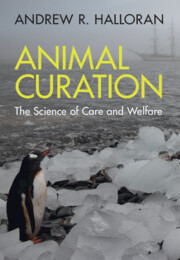Part III - Internal Factors
Published online by Cambridge University Press: 20 November 2025
Information
- Type
- Chapter
- Information
- Animal CurationThe Science of Care and Welfare, pp. 153 - 206Publisher: Cambridge University PressPrint publication year: 2025
